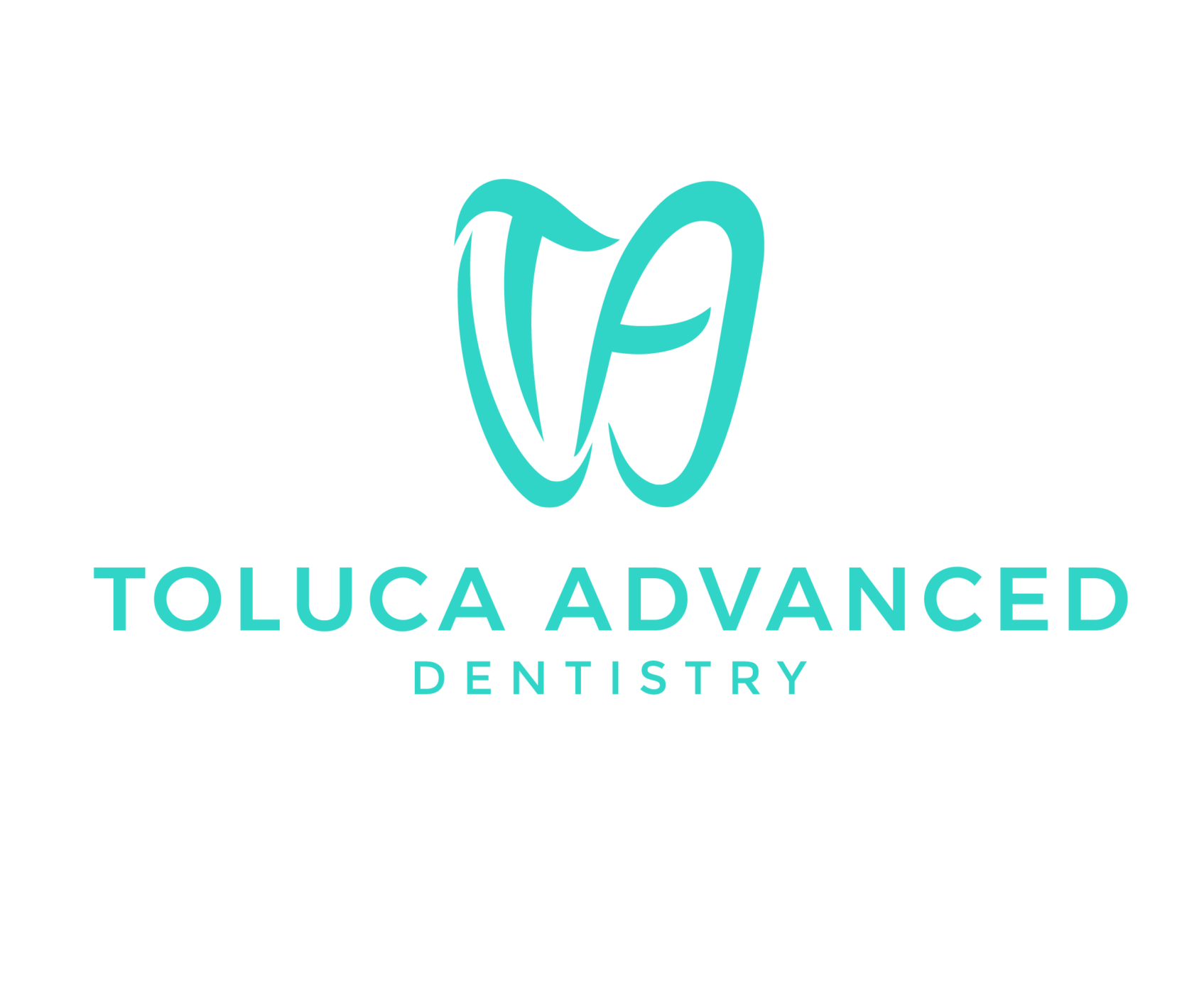Swelling of the face after starting treatment, between treatment sessions, or after finishing endodontic surgery may not be normal and acceptable for clients, but the truth is that such incidents are not uncommon for dentists.
Occasionally there is moderate to severe swelling after the start or end of endodontic treatment. Most patients consider these swellings to be infections and dangerous, and in some cases they may be right.
Causes of abscess and swelling: Swelling and abscess of the face of dental origin have an infectious or inflammatory cause. There are different types of dental abscesses, but the swellings we are considering here are mostly swellings that originate from the root of the tooth. In fact, behind any such swelling, there is a decayed or damaged tooth or a developmental defect.
After endodontic treatment in a healthy person, facial swelling usually resolves spontaneously over time. This is because the immune system of a healthy person can naturally remove infectious and inflammatory agents from the environment and gradually reduce swelling. In some cases, the same reaction of the immune system can be the cause of inflation itself, in which case the immune system itself is naturally able to eliminate inflation. But pharmacological and non-pharmacological measures can facilitate the elimination of inflation.
In general, when a tooth is the cause of facial swelling or swelling in the mouth, two treatments are considered. The first is root canal treatment and tooth preservation if it can be done, the second is tooth extraction; Therefore, definitive treatment of abscess and swelling with dental origin is these two solutions. Swelling can also occur after endodontic treatment or between sessions of endodontic treatment, which is almost always temporary and transient, in which case the treatment is more control and medication.
Drug treatment: In facial swelling, anti-inflammatory drugs can reduce the swelling. Simple ibuprofen is effective in reducing swelling. Corticosteroids also affect swelling, although they may be used more in inflammatory cases and not in infectious cases.
Non-pharmacological adjuvant therapies:
Saltwater: warm water can increase blood flow to the area and cause the swelling to go away faster. Saltwater will probably help more. You can make saltwater by dissolving a teaspoon of salt in a glass of water. Then keep it in the swelling position in the mouth to cool and then pour it out.
Drainage of the area: With a pinch in the area, surgery can drain the abscess accumulations, thus reducing pressure and pain. Evacuation of inflammatory and infectious agents was used in the past for large dental cavities, but today, according to studies, it is not very common. Because without drainage, which is inherently a surgery and is accompanied by tissue incision and eventually creates a small wound in the area. Swelling in healthy people can go away on its own, usually without drainage or intervention.
Cooling the swelling site: Contrary to the use of warm saline inside the teeth, in the first days of swelling, a cold ice pack is claimed to reduce swelling. Ice should not come in direct contact with the skin.
When does dental swelling become dangerous?: Swelling that spreads rapidly can be dangerous. Swellings that are accompanied by fever and lethargy, involve the corner of the eye in such a way as to cause the eye to close, or move the tongue in the lower jaw and spread under the throat and impair breathing, causing the patient to be hospitalized urgently. They are because they threaten the life of the patient. These cases are rarely seen, especially in recent years due to the increasing level of public health.


